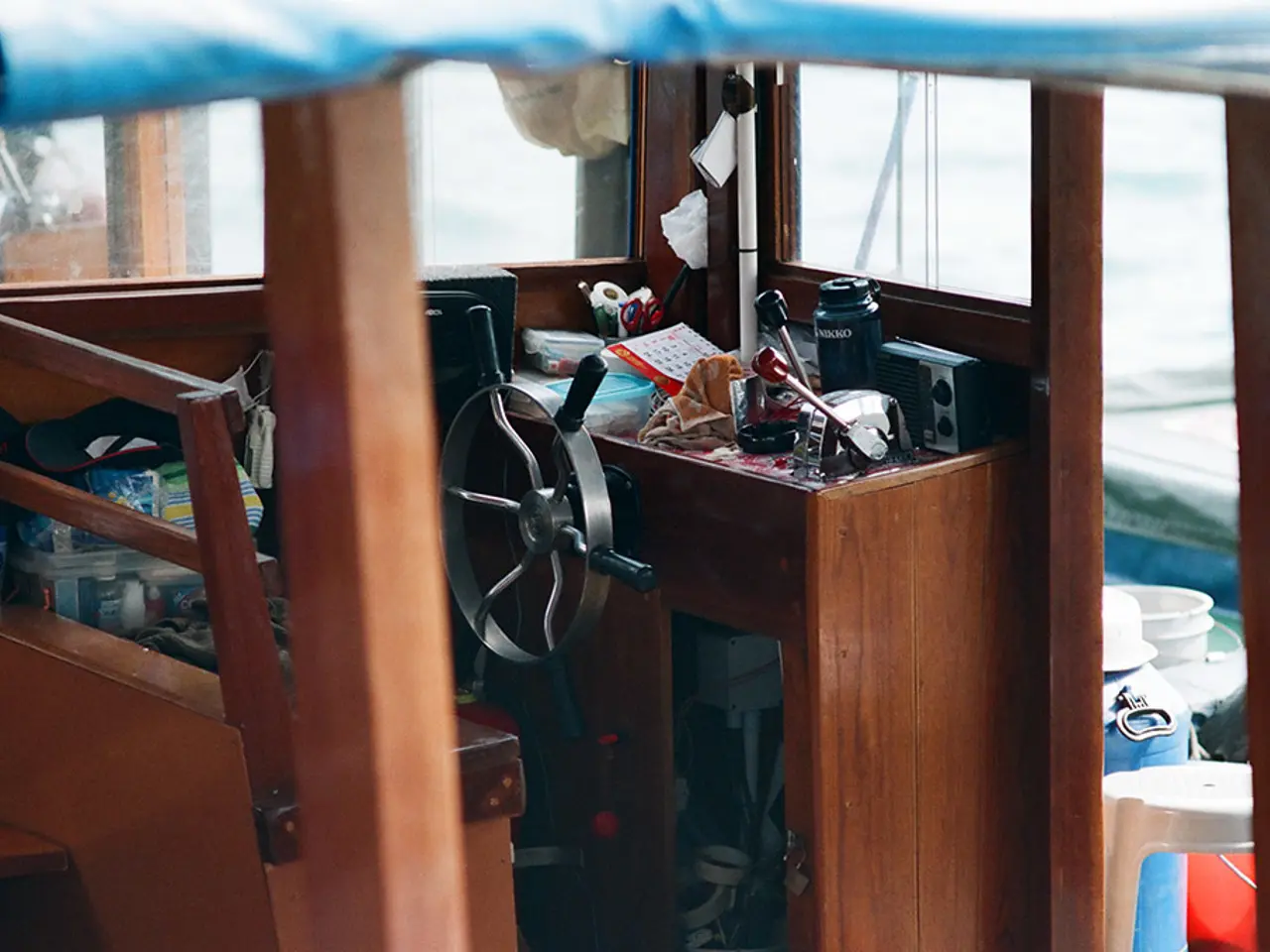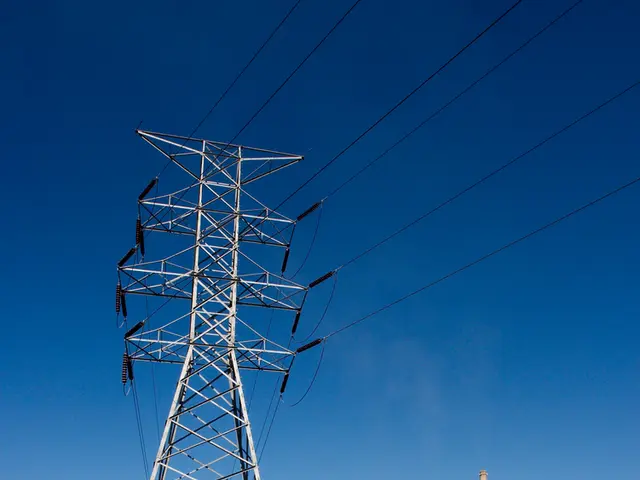Exploration Spacecraft Voyager Contemplates 'FLIP' Immersion in Lunar Crater
Building Scale Models of Scripps's Floating Instrument Platform (FLIP) for Marine Experiments
In the realm of marine engineering, creating scale models of research vessels like Scripps's Floating Instrument Platform (FLIP) is a common practice. These models help scientists compare the hydrodynamic behaviours of different vessels in controlled environments, such as wave tanks or calm ocean conditions.
The key to building an accurate model of FLIP lies in replicating its unique geometry and proportions. The hull of FLIP is designed to rotate from horizontal to vertical, minimising wave interaction when vertical. To achieve this, the model needs to maintain the same length-to-width ratios and hull shape, but scaled down appropriately to fit the constraints of the test tank or field experiment.
One of the most defining features of FLIP is its ability to flip into a vertical position. To replicate this, the model must be designed to rotate and lock upright, using lightweight but rigid materials that can hold vertical alignment under wave forces.
For a baseline comparison, a surface vessel with more typical boat hull geometry is also modelled at the same scale. This surface boat can be simpler, with a flat or typical displacement hull.
Materials used for the models should be waterproof, such as fiberglass, plastic, or sealed wood. Internal ballasting may be required to replicate the centre of gravity and mass distribution of the full-scale FLIP and surface boat.
Equipping the models with sensors like accelerometers, tilt sensors, and wave gauges allows scientists to record motion, pitch, and roll during sea tests. These measurements help validate FLIP’s superior stability compared to the surface boat.
While detailed step-by-step construction plans for FLIP and a surface boat are not widely published, these recommendations stem from the known functionality of FLIP and typical scale-model testing methods in marine engineering. The primary challenge is faithfully reproducing FLIP’s vertical flipping and stability features in a scaled form for comparative sea or wave tank experiments.
Interestingly, scientists prefer using FLIP for sound-in-the-sea experiments due to its quieter nature compared to other boats. Additionally, FLIP is favoured by those studying surface waves as it provides an experimental platform that is not affected by what they are trying to measure.
To construct a FLIP model, materials such as a drinking straw, toothpick, clear tape, clay or Play-Doh, salt, and permanent marker are required. A paper plate is also used as the base. The model is then assembled by marking the centre and thirds of the straw, creating a bigger line at the third closest to the end as the "waterline", writing "FLIP" on one side, attaching a toothpick mast, plugging the other end with clay or Play-Doh, filling with salt to make it float with the waterline at the surface, and adjusting the salt amount if necessary.
The experiment can be repeated using different liquids such as salt water, vinegar, or vegetable oil. The container used can vary, from a 2-liter soda bottle with the top removed, an aquarium, a bucket, a large flower vase, a tub, a pond, a pool, or even a pool. A clear container is recommended for visibility.
The FLIP model behaves in the same way as the real FLIP, making it a working model that accurately represents the research vessel in miniature form. For more information about FLIP, visit the FLIP website at http://www.mpl.our website/resources/flip.intro.html.
Read also:
- Uncovering the Potential of Shadow Work Exercises in Relationship Conflict Resolution: Are They Unrivaled in Solving Disputes?
- Creative Montessori Parenting Strategies That You'll Wish You Had Learned Sooner
- Important Functions of Sleep in Enhancing Academic Performance for Your Child's Education
- Impact of Climate on Skin Health: Korean Cosmetics Offering Solutions







